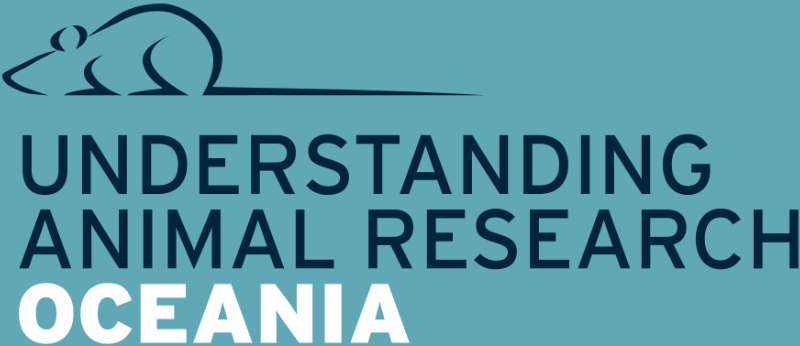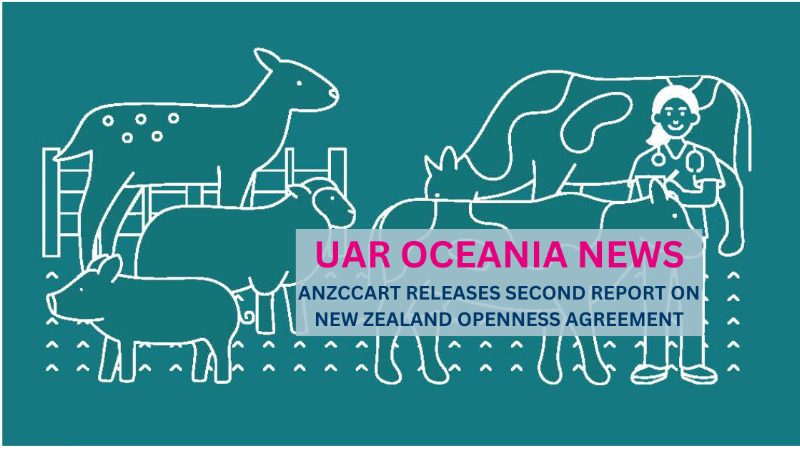Animal Rights Extremism
Most animal rights activism worldwide is legal and peaceful. Tactics used include protests, letter-writing campaigns and public information stalls. However, a very small number of individuals have carried out illegal actions in order to pursue their agenda – this is animal rights extremism. Such extremism has historically targeted many different animal rights interests including agriculture, whaling, hunting, fur farming, the pet trade and, of course, animal research.
Today, thankfully, animal rights extremism is rare, and is unlikely to be a pressing concern in Australia or New Zealand.
Brief History of Animal Rights Activism
A detailed history of animal rights extremism can be found here
Animal rights extremism first became a major issue in the 1970s in the UK. In 1972, hunt saboteur Ronnie Lee formed the group “Band of Mercy”. The following year Lee committed two acts of arson at a Hoechst Pharmaceutical plant, a crime he was later jailed for1. In 1976, Lee founded the Animal Liberation Front, an umbrella group for those wishing to take direct action (including economic sabotage) on behalf of animal rights. The 1980s saw the founding of the Animal Rights Militia, which escalated the violence to the point of sending bombs to politicians and researchers. Finally, a string of high profile campaigns during the 1990s and early 2000s forced the Government to act. Alongside new legislation, the UK Government set up the National Extremism Tactical Coordination Unit to investigate and work against the rise in extremism. The result was a crackdown on illegal activism which saw more than a dozen activists jailed for up to a decade.
Since 2008, there has been a rapid decline in animal rights extremism in the UK and large-scale property damage or attacks on individuals are now unheard of. The extremism of the early 2000s resulted in a public backlash that has made illegal direct action unpopular among even the most committed activists. The demise of violent activism has enabled greater openness, with scientific organisations sharing information about the work they do and why it is important.
Extremist Groups
The main animal rights extremist groups have been:
Animal Liberation Front (ALF)
The ALF is an umbrella name for those who wish to take direct action against those who, in the words of its founder, “exploit animals… The long term aim is to increase activities, to escalate to a point where all of these industries are under threat and can’t operate”2. Officially the ALF does not support violence against individuals, however many individuals associated with the movement have been convicted of crimes which either harmed or risked harming, individuals, such as the attempted firebombing of Prof Fairbanks in 2006.
The Animal Liberation Front continues to operate in countries across the world, through their actions in the UK continue to decline.
Animal Rights Militia (ARM)
Unlike the ALF, the Animal Rights Militia does not have any official position against violence directed at individuals. Many of the most violent attacks of the 1980-2000s were done under the flag of the ARM. Many activists have belonged to both the ALF and ARM, leading some to claim a false division between the two.
Stop Huntingdon Animal Cruelty (SHAC)
SHAC was an animal rights group set up to campaign against HLS in 1999 by Greg Avery. The group also set up a chapter in the US under the leadership of Kevin Kjonaas3. This targeted campaign aimed to shut down the research organisation HLS. The campaign wound down in 2014, but not before 18 British activists had received a total of 91 years in sentences and suspended sentences.
More information on the structure and motivation of animal rights groups can be found here.
What should you do?
Animal rights extremism is extremely rare in Oceania, but is still a serious crime. If you are concerned about animal rights extremism, please contact us. We can point you in the right direction of resources to protect your staff and facilities.
Lorenz Otto Lutherer and Margaret Sheffield Simon, 1992, Targeted: The Anatomy of an animal rights attack, University of Oklahoma Press.
Maldon Institute, 1991, Animal Rights: Militancy and Terrorism. Washington DC
Tom Holder, 2014, Standing Up for Science, EMBO Reports



